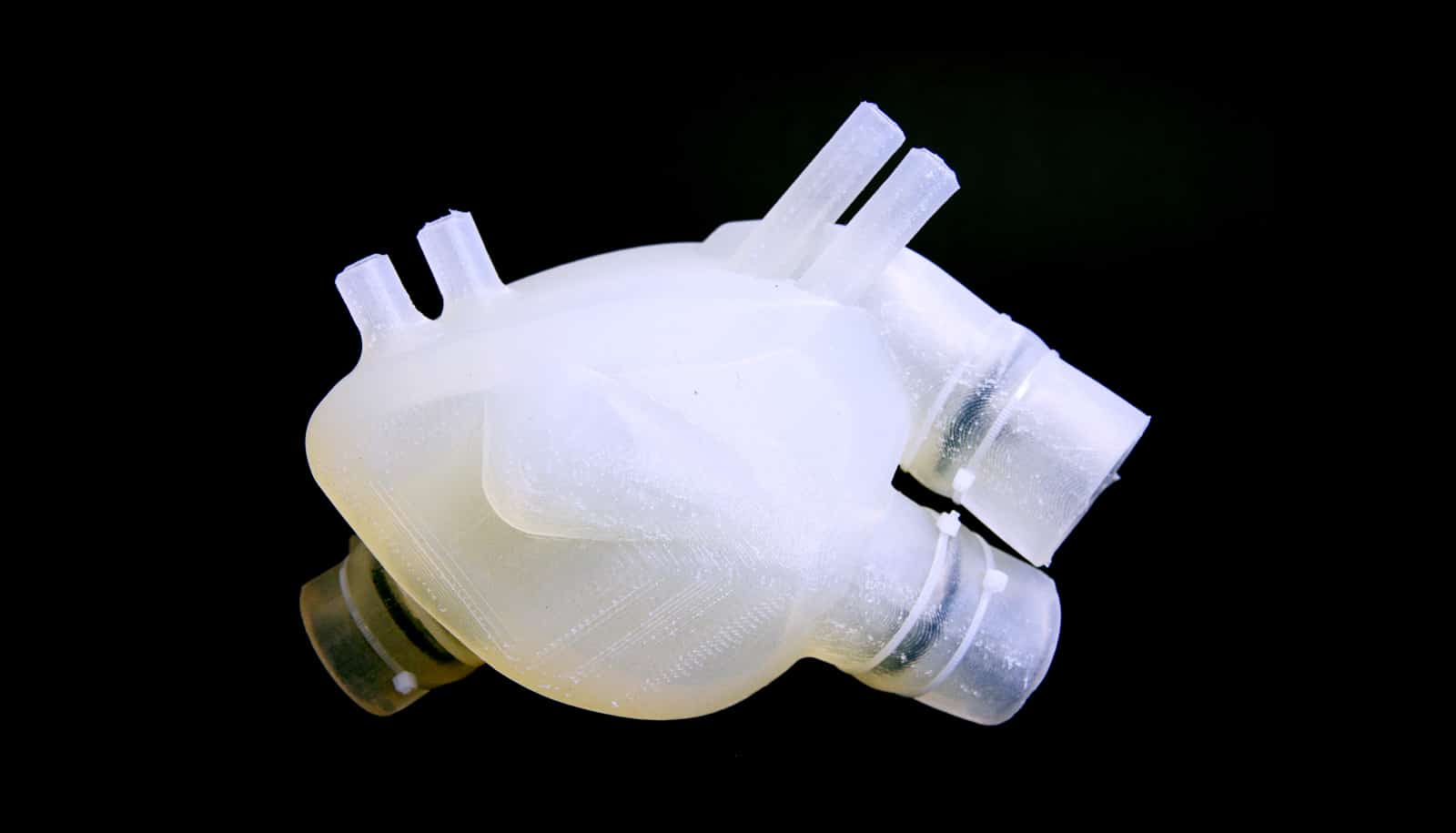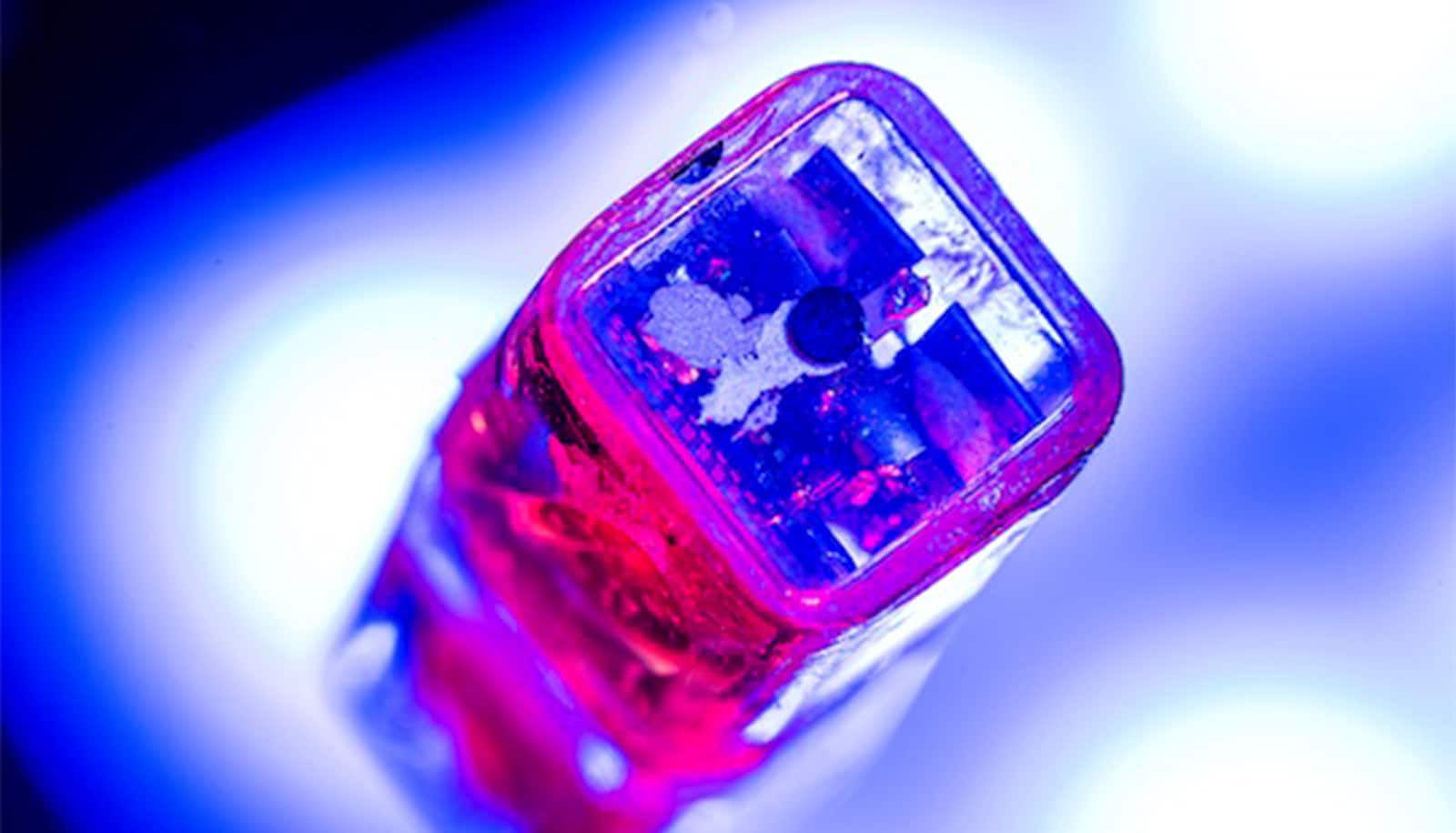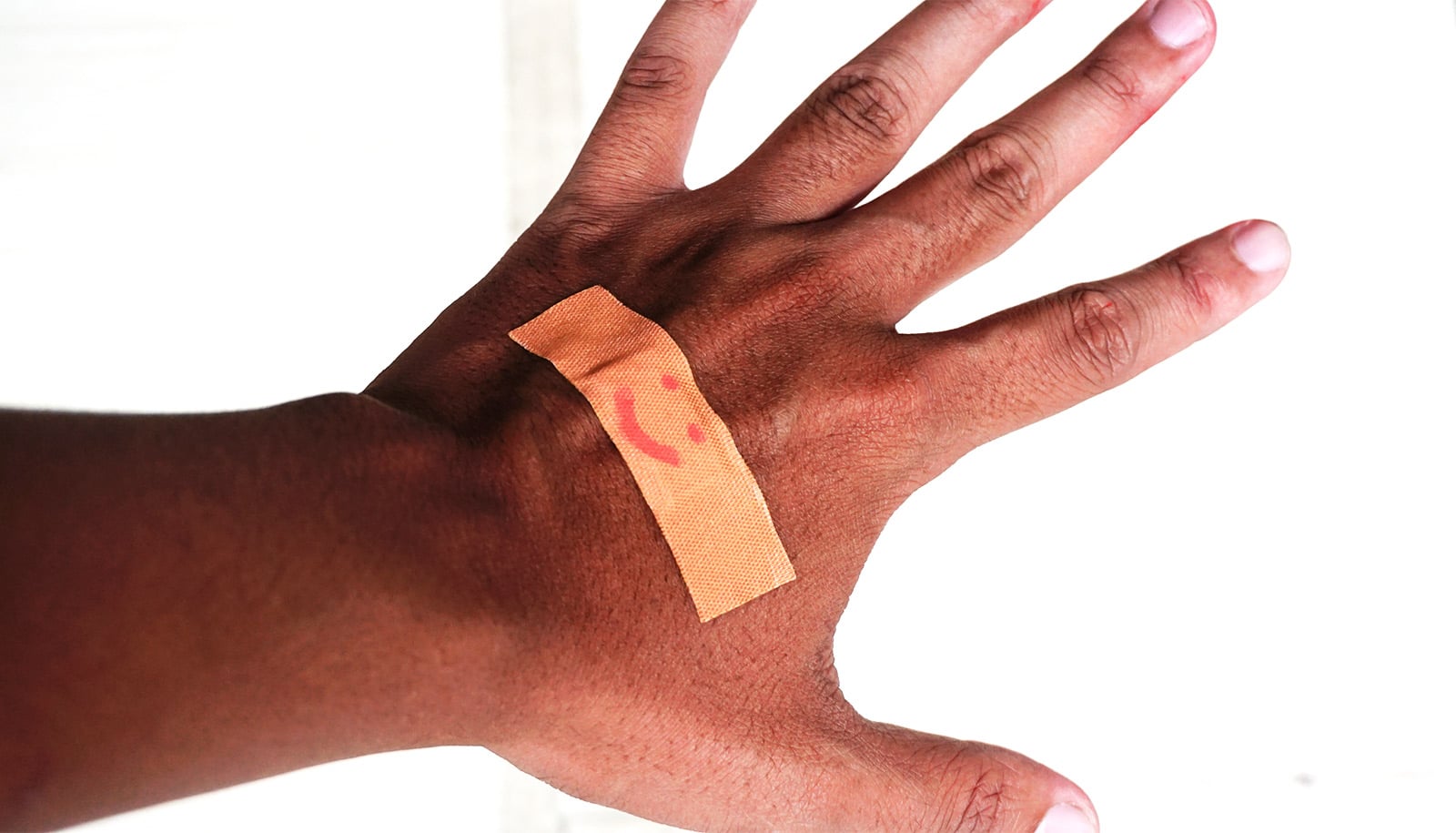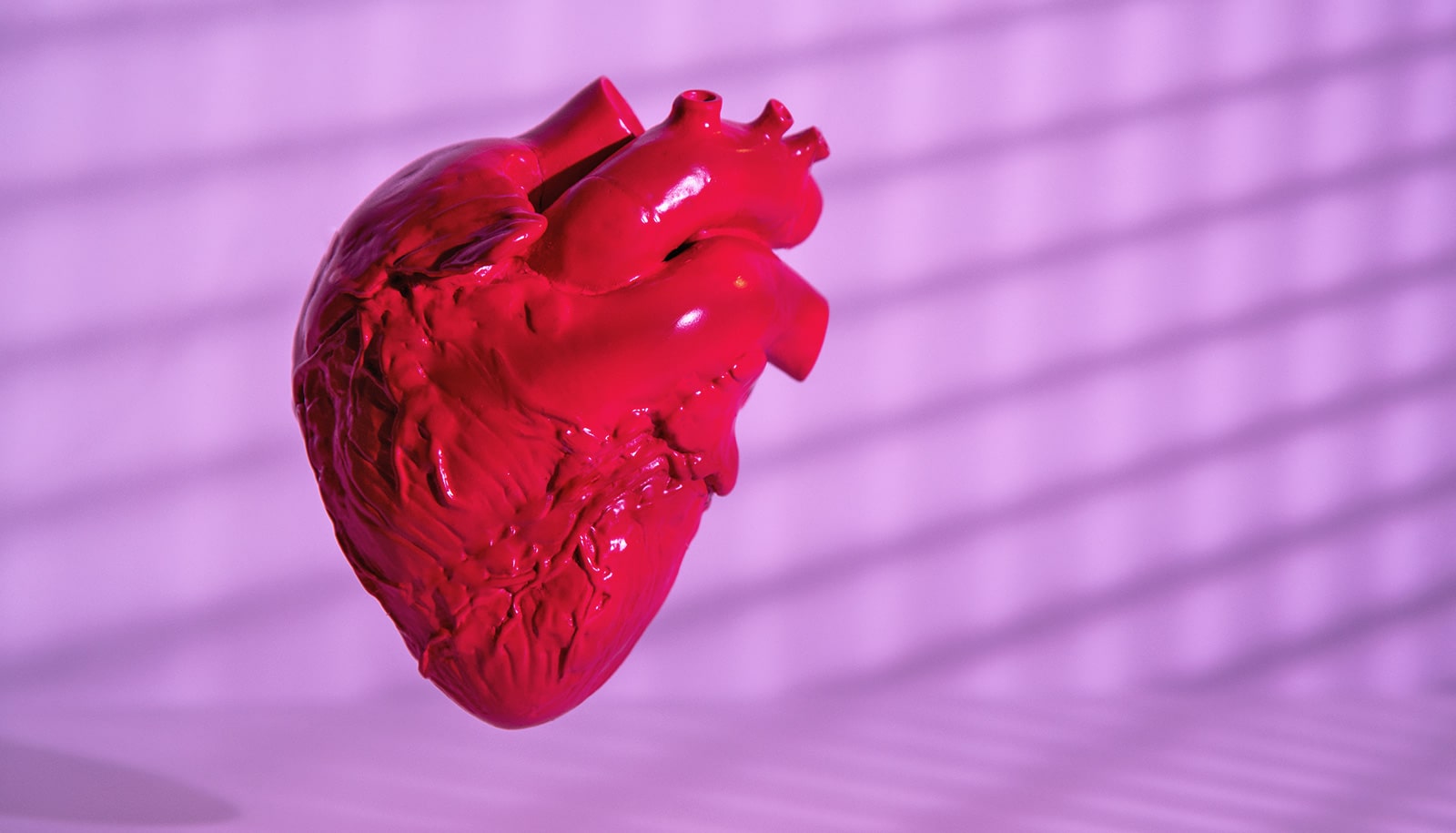The first entirely soft artificial heart mimics its natural model as closely as possible.
A well-functioning artificial heart is a real necessity: about 26 million people worldwide suffer from heart failure and there is a shortage of donor hearts. Artificial blood pumps help to bridge the waiting time until a patient receives a donor heart or their own heart recovers.
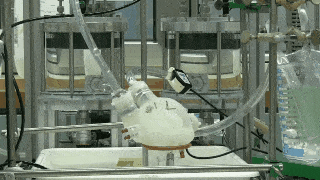
But the blood pumps in current use have many disadvantages: their mechanical parts are susceptible to complications, and the patient lacks a physiological pulse, which may have consequences for the patient.
“Therefore, our goal is to develop an artificial heart that is roughly the same size as the patient’s own one and which imitates the human heart as closely as possible in form and function,” says Nicholas Cohrs, a doctoral student at ETH Zurich who worked with group leader Wendelin Stark, professor of functional materials engineering.
Can algae and light treat heart disease?
The soft artificial heart was created from silicone using a 3D-printing and lost-wax casting technique. It weighs 390 grams and has a volume of 679 cm3.
“It is a silicone monoblock with complex inner structure,” explains Cohrs. This artificial heart has a right and a left ventricle, just like a real human heart, though they are not separated by a septum but by an additional chamber. This chamber is in- and deflated by pressurized air and is required to pump fluid from the blood chambers, thus replacing the muscle contraction of the human heart.
Anastasios Petrou, a doctoral student of the Product Development Group Zurich, led by professor Mirko Meboldt, evaluated the performance of this soft artificial heart. The young researchers have just published the results of the experiments in Artificial Organs.
Algorithm beats experts at diagnosing heart rhythm
The tests included the use of a fluid with a viscosity comparable to that of human blood.
They proved that the soft artificial heart fundamentally works and moves in a similar way to a human heart. However, it still has one problem: it currently lasts for about only 3,000 beats, which corresponds to a lifetime of half to three quarters of an hour. After that, the material can no longer withstand the strain.
“This was simply a feasibility test,” Cohrs explains. “Our goal was not to present a heart ready for implantation, but to think about a new direction for the development of artificial hearts.” Of course, the tensile strength of the material and the performance would have to be enhanced significantly.
Source: ETH Zurich
